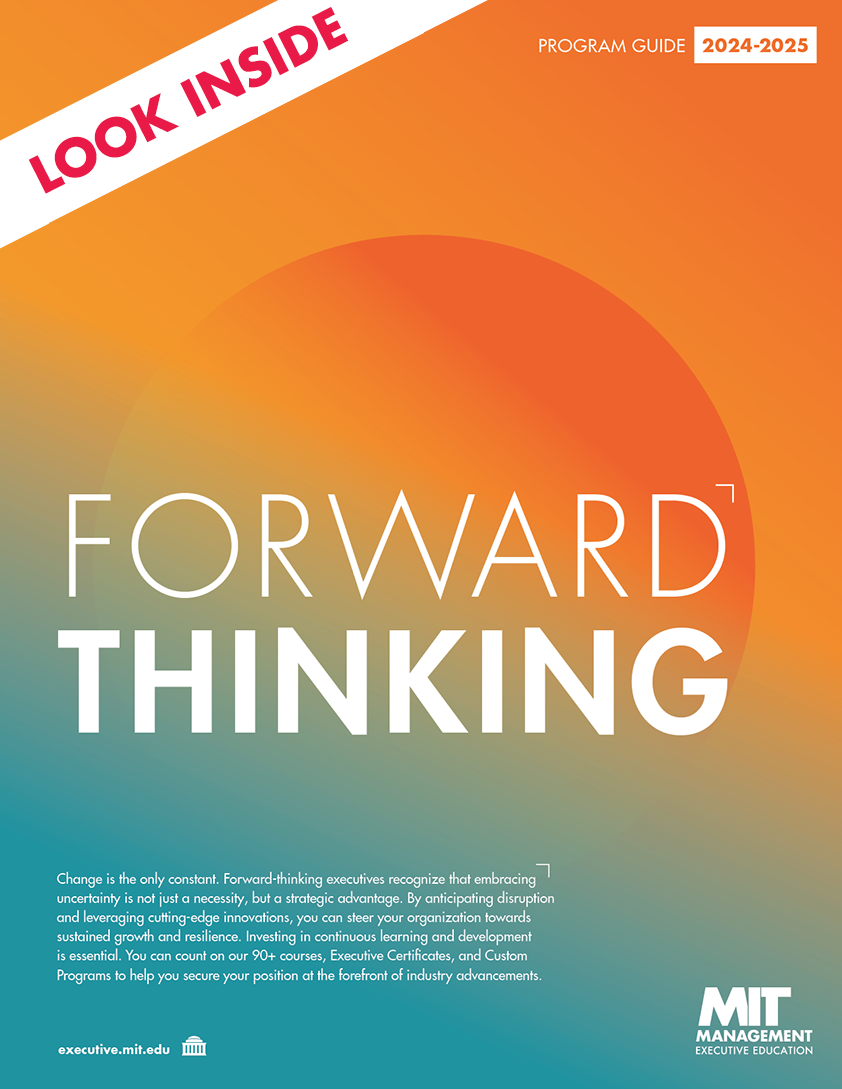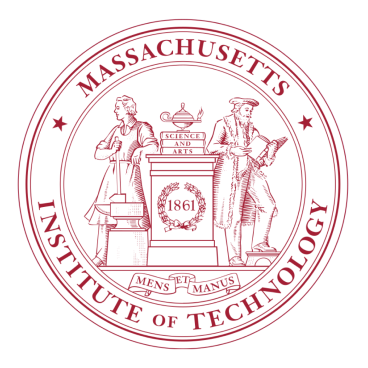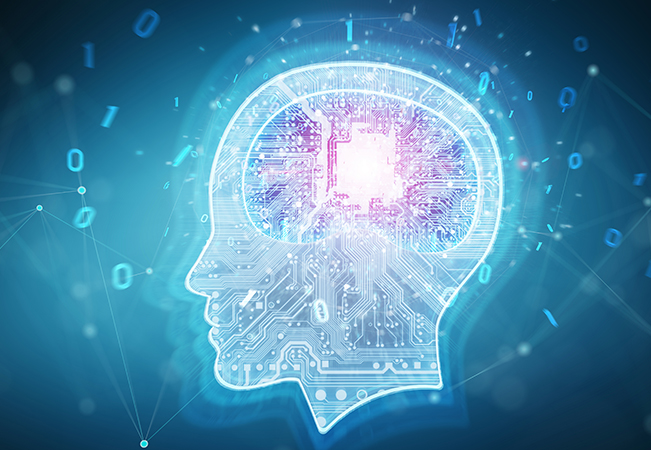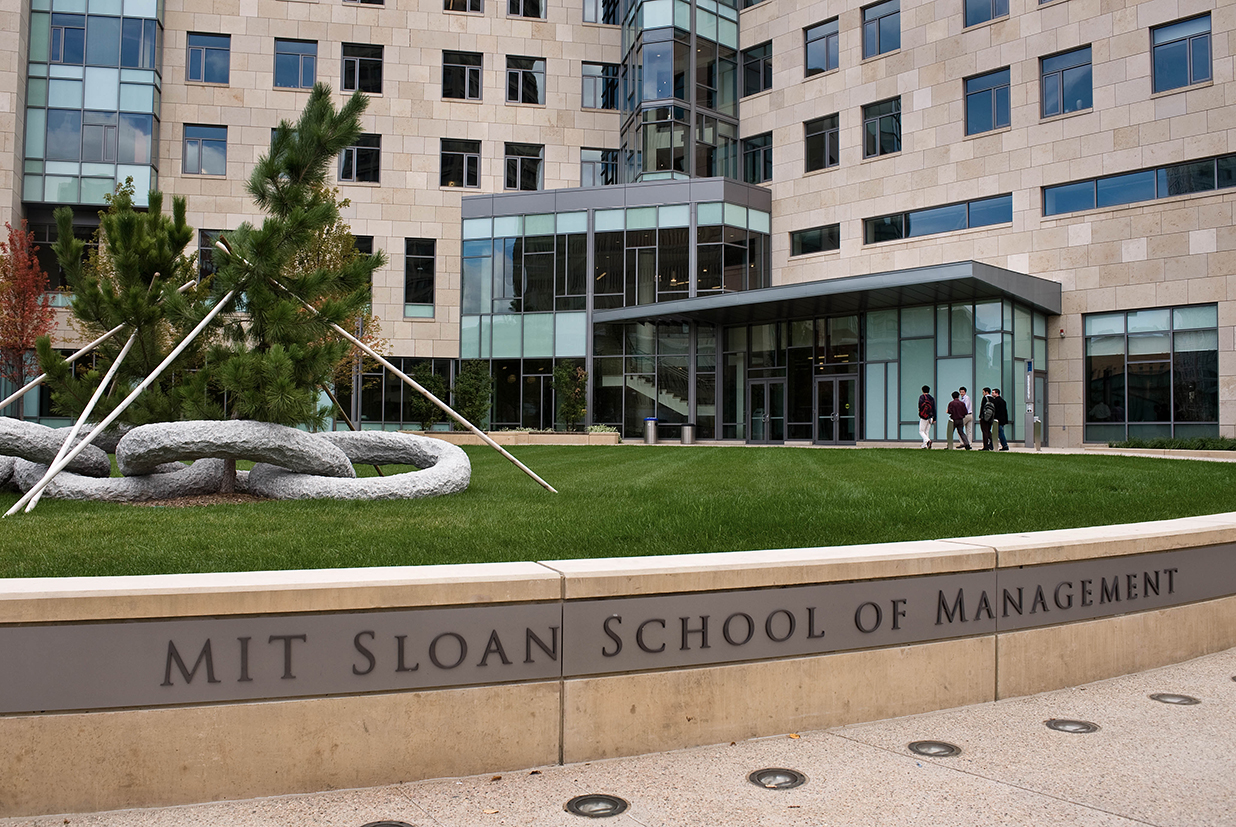Rohan Rehman is a technologist, inventor and a member of the World Economic Forum. He is involved in the technology fields of Cross-Reality (XR), Artificial Intelligence (AI), and the internet of things (IoT) in 5G networks. London born but currently Tokyo based, where he began advising Japanese corporations and startups in 2015 who are innovating for the Tokyo 2020 Olympics. He is also the Founder of OPENVENUE.ai, an AI platform that leverages machine learning on premise while facilitating global booking with AI communication tools for the entertainment industry.
Rohan came into AI with an already robust career in technology, significant startup experience and multiple patents citations by Apple, Google, Microsoft.
With a strong background in specialized AI tools available on the Cloud, Rohan found himself needing more domain knowledge.
“I wanted an accurate snapshot of where specialized AI was heading,” says Rohan. “And I also have a strong belief in the role collective intelligence plays in AI’s future. To that end, I’ve been following Thomas Malone’s work, and I was eager to learn from him firsthand, among other MIT faculty.” Malone is a Professor of Management at MIT School and also the founding director of the MIT Center for Collective Intelligence.
In 2020, Rohan enrolled in Artificial Intelligence: Implications for Business Strategy, a self-paced online course that he specifically chose for its collaboration between MIT Sloan and MIT’s CSAIL (Computer Science and Artificial Intelligence Laboratory).
“The mix of MIT’s AI research coupled with progressive management methods provided an invaluable perspective. What’s more, to be able to take this course from Tokyo was incredible. Even though the time zone was quite drastic, I had the flexibility and freedom to communicate as I needed with live tools. It was absolutely great.”
"In our innovation-based economy, you don’t only have to know today’s technologies, but tomorrow’s, and be prepared for next year’s. MIT is the right place for that."
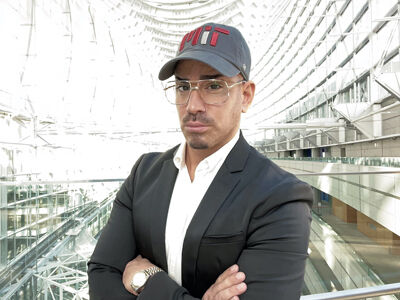
Enabling collective intelligence through human-machine partnerships
In his courses, Malone defines collective intelligence as the single statistical factor for a group that predicts how well the group will perform on a wide range of very different tasks. It’s also a dynamic concept that has evolved under this new paradigm of AI. Malone teaches us that collective intelligence is enabled and enhanced through human-machine partnerships, allowing AI technologies to join the group mind, and augment it. In human-machine partnerships, it’s possible to leverage the strengths and overcome the weaknesses of each— humans add versatility of thinking, and AI contributes pure computing power.
Malone also likes to remind his students that nearly everything we humans have done has been done not by lone individuals, but by groups of people working together. Rohan agrees.
“As an inventor, I use technology to solve particular problems,” says Rohan. “However, most often, solutions to the complex problems emerge from collaborative exchanges. When you've done this a few times, you realize that ultimately, it's not technology that improves your idea, it's working with other people.”
For this inventor, understanding cognitive diversity in teams and leveraging hyper-connectivity—not just in an engineering team, for example, but company-wide—is an exciting prospect. “As useful as collective intelligence is for a high-performance team, it’s essential if you want to build a globally scalable AI platform.”
Keeping all channels open
Rohan is quick to clarify that we shouldn’t think of collective intelligence as merely an assistive feature of AI, but a field of it, such as machine learning or natural language processing.
“While collective intelligence as a field of AI is relatively new, how intelligently our most important systems can work deserves a whole lot more attention, especially now while machine learning is in it’ s infancy.”
When organizations decide to “dip their toe” in AI, it’s often in the form of machine learning, where systems must capture, structure, and train large amounts of complex data before it can be leveraged. Rohan suggests that harnessing collective intelligence presents us with less barriers to implement, and that it’s really about recognizing where and when critical decisions are made in an organization, then supporting the decision makers with AI enabled tools.
“In the long run, building AI solutions that are sequestered to devices greatly limits the value that AI can offer. Putting collective intelligence at it’s core facilitates a global strategy when thinking of AI at scale. All communication channels have to be open.”
Despite his knowledge of advanced technologies, Rohan feels strongly that executive education is essential for both staying on top of the latest developments and acquiring a holistic point of view.
“In our innovation-based economy, you don’t only have to know today’s technologies, but tomorrow’s, and be prepared for next year’s. MIT is the right place for that.”


